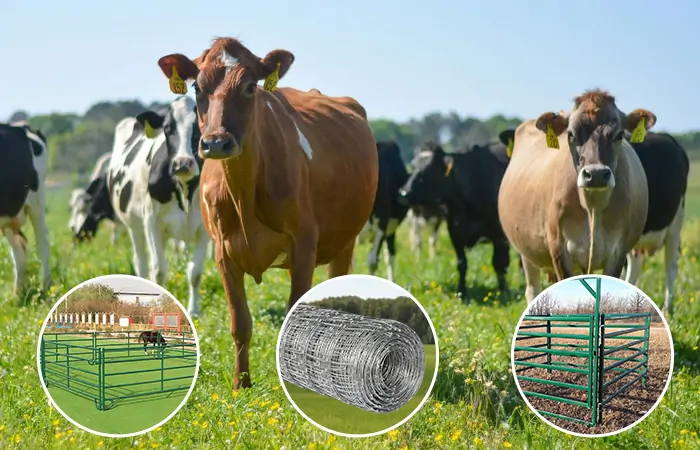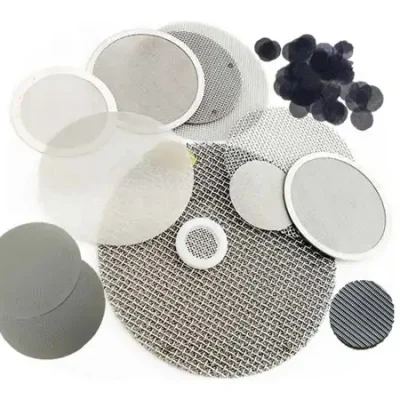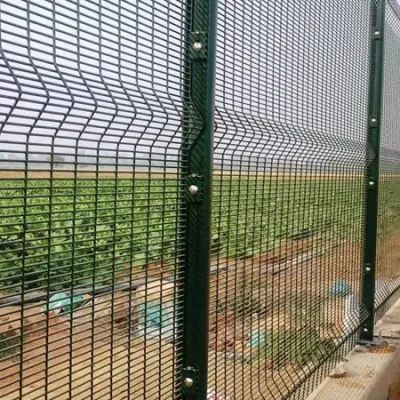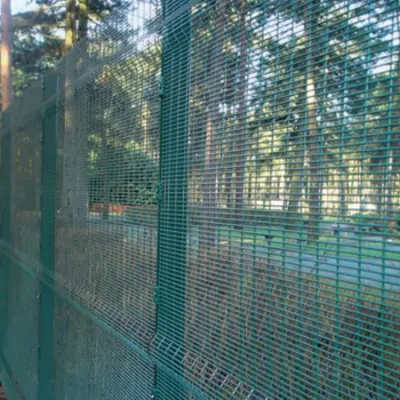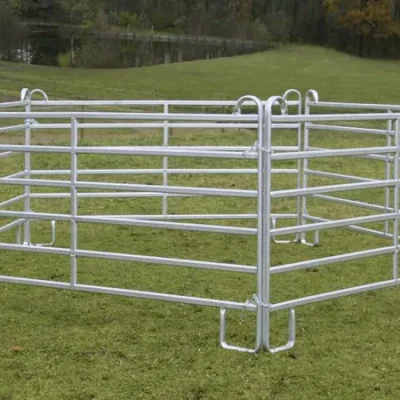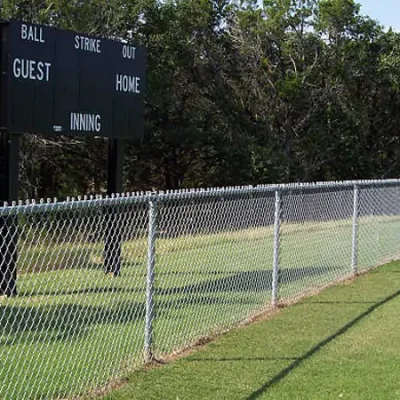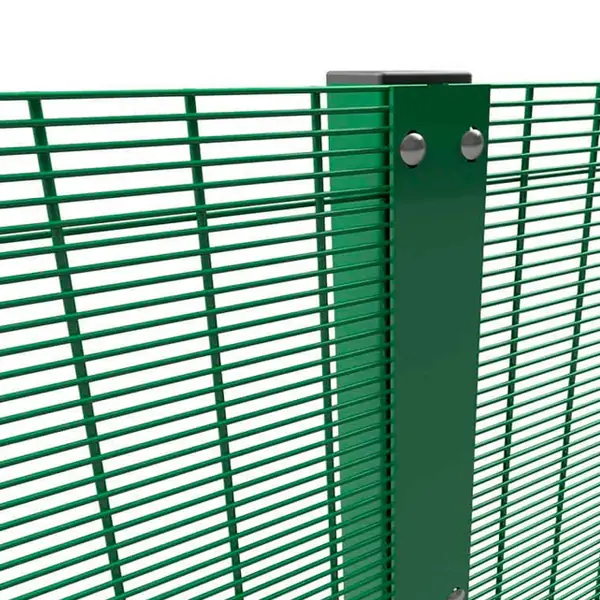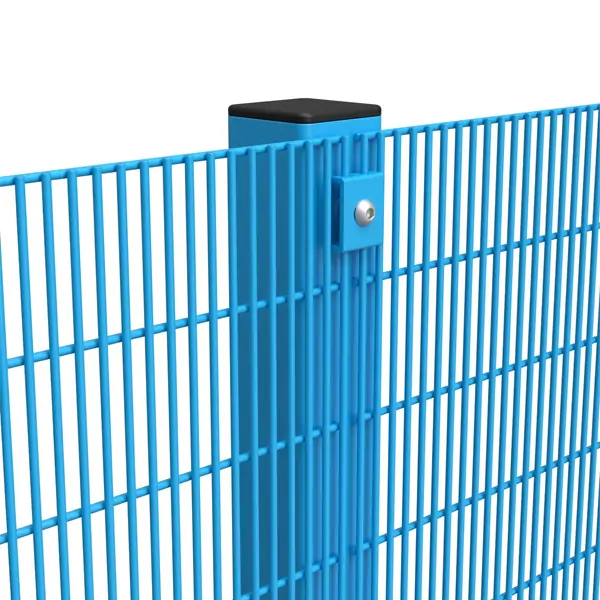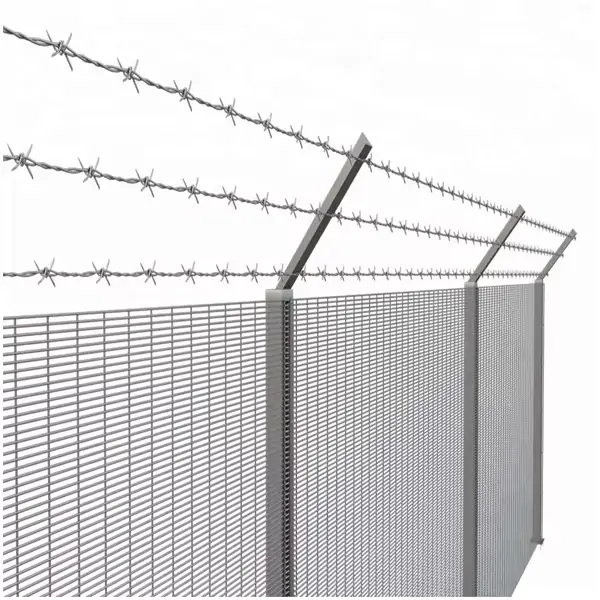Choosing the right fence for your cattle isn’t just a practical decision—it’s a vital one. For ranchers and property owners, fencing directly impacts cattle safety, property management, and overall operational efficiency. But what happens when your terrain is less than ideal? Rocky ground can be particularly challenging, requiring careful consideration of materials, installation techniques, and long-term maintenance.
This guide is designed to be the most comprehensive resource on the topic, covering everything you need to know about choosing cattle fences for rocky terrain and beyond. By the end, you’ll have the tools to make an informed choice that balances durability, cost, and ease of installation.
Table of Contents
Toggle1. Why Terrain Matters in Fence Selection
The Challenges of Rocky Terrain
Rocky ground presents unique obstacles for fence installation. Unlike soft or level ground, rocky terrain often prevents traditional post-driving methods. The uneven surface can leave gaps under the fence, making it less effective for containment. Additionally, the rocks can wear down fencing materials over time, increasing maintenance needs.
The Role of Fencing in Cattle Management
For ranchers, a well-installed fence ensures:
- Cattle Containment: Preventing livestock from wandering off.
- Predator Protection: Keeping predators out, especially in remote areas.
- Efficient Grazing: Supporting rotational grazing systems for better land management.
Whether you’re managing a small herd or a sprawling ranch, your terrain directly influences the fencing system’s effectiveness.
2. Key Factors to Consider When Fencing on Rocky Terrain
Choosing the right fence for rocky terrain requires balancing several factors:
Durability
Rocky areas demand robust materials. Steel and high-tensile wires are preferred for their resilience against weather and physical wear.
Easy of Installation
Fencing systems that don’t require deep posts are ideal. Options like electric fencing or modular systems can simplify the process.
Flexibility
Fences that can adapt to uneven ground—such as woven wire fences with flexible designs—are essential.
Cost Efficiency
Rocky terrain often increases installation costs. Opting for long-lasting materials can reduce the need for frequent repairs and replacements, saving money in the long run.
3. Top Cattle Fencing Options for Rocky Terrains
Woven Wire Fences
Pros:
- Provides excellent containment for cattle.
- Durable against physical impact.
Cons:
- Requires skilled installation.
- Higher initial cost.
Electric Fences
Pros:
- Easy to install on uneven ground.
- Lightweight and flexible.
Cons:
- Requires consistent power supply.
- Needs regular maintenance to ensure functionality.
Barbed Wire Fences
Pros:
- Affordable and widely used.
- Effective for large properties.
Cons:
- Can be less durable in harsh conditions.
- May not provide enough security for smaller livestock.
High-Tensile Fences
Pros:
- Extremely durable and long-lasting.
- Ideal for challenging terrains.
Cons:
- Higher upfront costs.
- May require professional installation.
4. Installation Tips for Rocky Terrains
Preparation
- Survey the area to identify problem spots.
- Clear debris such as loose rocks and overgrowth to simplify installation.
Tools and Techniques
- Use specialized tools like rock drills and anchoring systems for post stability.
- Opt for shorter spans between posts to reduce strain on the fencing material.
Working with Professionals
For particularly difficult terrain, hiring experienced fencing contractors can save time and ensure a better outcome.
5. Cost Analysis and Budget Planning
Initial Costs
Material costs vary depending on the type of fence:
- Woven wire: $2–$4 per linear foot.
- High-tensile electric fence: $1.50–$2.50 per linear foot.
- Barbed wire: $1.50–$3 per linear foot.
Maintenance Costs
Durable materials like high-tensile wire require less frequent repairs, lowering overall costs.
Cost-Saving Tips
- Consider DIY installation for simple fencing types like electric fences.
- Purchase materials in bulk to reduce costs.
6. Comparing Fencing for Rocky Terrains with Other Terrains
Soft Ground
- Easier post installation but requires deeper anchoring to prevent shifting.
Flat vs. Sloped Areas
- Flat terrain allows for simpler installations, while slopes may need stepped fencing or additional support posts.
7. Maintenance and Longevity of Cattle Fences on Rocky Terrain
Routine Inspections
- Check for sagging wires or loose posts.
- Look for damage caused by cattle or wildlife.
Repairs and Upgrades
- Replace worn wires promptly to avoid larger issues.
- Consider reinforcing weak spots with additional posts.
Seasonal Adjustments
- Inspect fences before and after harsh weather conditions, such as heavy rains or frost.
8. Eco-Friendly Options for Fencing in Rocky Terrain
- Sustainable Materials: Options like recycled steel or biodegradable wires.
- Minimal Impact Techniques: Install fencing that avoids disrupting the natural landscape, preserving wildlife corridors.
9. How to Build a Cattle Fence
Building a cattle fence involves several steps to ensure its effectiveness and durability:
- Plan the Layout:
- Survey the property to determine fence boundaries.
- Identify any obstacles like rocks, trees, or streams.
- Choose the Right Fence Type:
- Consider woven wire, barbed wire, electric fencing, or high-tensile fences based on terrain and cattle behavior.
- Gather Materials and Tools:
- Materials: Fence posts, wire, insulators (for electric fencing), and gates.
- Tools: Post driver, wire stretcher, and measuring tape.
- Set the Posts:
- Dig holes or drive posts into the ground. For rocky terrain, use concrete or rock anchors for added stability.
- Place posts evenly, typically 8-12 feet apart.
- Attach the Wire:
- Stretch wire tightly between posts, ensuring no sagging.
- Secure wire to posts with clips or staples, depending on the material.
- Install Gates and Finishing Touches:
- Add gates at strategic locations for cattle movement.
- Inspect the entire fence for gaps or weak spots.
- Test and Maintain:
- For electric fences, test voltage regularly.
- Perform routine inspections for damage caused by cattle, weather, or wildlife.
10. How to Keep Cattle from Going Through Fences
Keeping cattle secure requires a combination of proper fence construction and proactive management:
- Ensure Fence Visibility:
- Install visible markers like flagging tape for electric fences to deter cattle from challenging the fence.
- Maintain Adequate Fence Height:
- Cattle fences should be at least 4-5 feet tall to prevent jumping or leaning.
- Reinforce Vulnerable Areas:
- Strengthen corners and gate areas with bracing posts.
- For rocky terrain, use shorter spans between posts to increase stability.
- Use Electric Fences as a Deterrent:
- Electric fences deliver a mild shock to discourage pushing or leaning.
- Provide Proper Grazing and Resources:
- Cattle often challenge fences when forage or water is inadequate. Ensuring they have access to resources can reduce fence breaches.
- Inspect and Repair Regularly:
- Look for signs of wear or damage, such as sagging wires or loose posts. Address issues promptly to maintain the fence’s integrity.
By following these strategies, you can create a secure environment that keeps cattle contained and minimizes fence-related issues. Let me know if you’d like to expand further!
11. Frequently Asked Questions
What is the easiest fence to install on rocky terrain?
Electric fences are the easiest due to their lightweight components and minimal post depth requirements.
How can I reduce the cost of fencing on uneven ground?
Opt for flexible systems like high-tensile wire and consider DIY installation.
What type of cattle fence lasts the longest in extreme conditions?
High-tensile fences are highly durable, withstanding harsh weather and physical wear.
Conclusion
Selecting the right cattle fence for rocky terrain can be challenging, but with the right information, it’s manageable. From understanding the terrain’s impact to choosing the right materials and installation techniques, this guide equips you with everything needed to make the best decision for your ranch.
Investing in durable and well-installed fencing will save money, protect livestock, and enhance property management in the long run.
Ready to get started? Explore our recommended fencing options and find the perfect fit for your terrain today!

